Disclosure: This article contains affiliate links. We may earn a commission from purchases at no extra cost to you, which helps our travel content.
The moment I stepped into Tayrona National Park, my camera became an extension of my soul. This slice of Colombian paradise—where the Sierra Nevada mountains crash dramatically into the Caribbean Sea—offers a photographer's playground of contrasts. Dense jungle canopies give way to pristine beaches, while ancient indigenous trails wind through ecosystems teeming with life. As someone who's documented smart cities across five continents, I found myself humbled by Tayrona's raw, unfiltered beauty—a refreshing counterpoint to my tech-driven world.
Gearing Up: The Tech Behind Jungle Photography
Let me level with you—Tayrona's humidity will challenge your gear in ways you mightn't expect. After my first DSLR nearly drowned in condensation during a sunrise shoot at Cabo San Juan, I learned my lesson the hard way.
Your photography arsenal needs thoughtful preparation. Beyond your camera body and versatile lenses (I relied heavily on my 24-70mm for landscapes and a 70-200mm for wildlife), protection becomes paramount. A quality silica gel desiccant pack is non-negotiable—I keep several in my camera bag to combat the relentless moisture.
For those dawn patrol missions to catch the perfect light on beaches like La Piscina, a waterproof dry bag saved my gear during unexpected rain showers and boat transfers. The park's terrain ranges from slippery jungle paths to rocky shorelines, so a lightweight yet sturdy tripod is essential for those long-exposure shots of waves crashing against ancient boulders.
Power is another consideration—Tayrona offers limited charging opportunities, so I carried two extra camera batteries and a solar charger for emergencies. The juxtaposition of deep shade and bright clearings means you'll be constantly adjusting settings, so familiarize yourself with your camera's quick-adjustment capabilities before arriving.
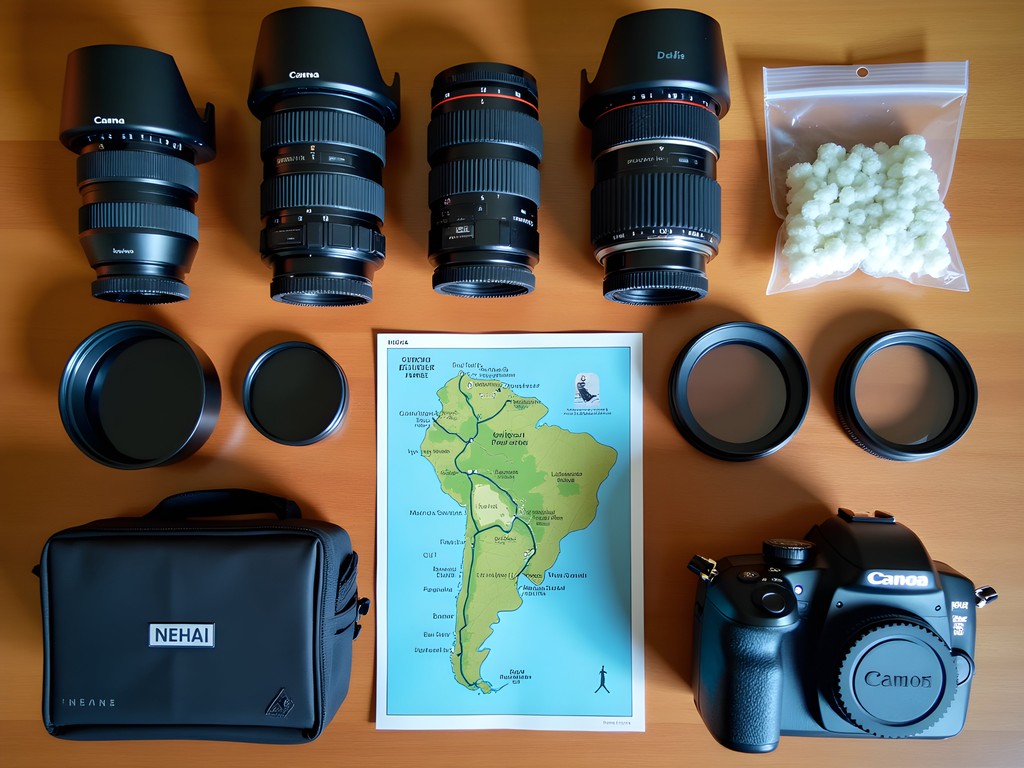
💡 Pro Tips
- Store batteries in a waterproof case to protect from humidity
- Bring lens cleaning supplies—salt spray and jungle humidity create a constant cleaning challenge
- Consider a UV filter to protect your lens from sand and salt damage
Jungle Pathways: Mastering Light and Shadow
The nine-kilometer hike from the park entrance to the iconic beaches is a photographic odyssey through light filtering techniques. Tayrona's jungle canopy creates what I call 'nature's softbox'—dappled light that challenges your exposure settings but rewards patience with ethereal compositions.
I spent a full day dedicated to the jungle paths alone, discovering that mid-morning (around 9-10 AM) offers the most dramatic light rays piercing through the canopy. For these shots, position yourself where light beams intersect with the path, and consider using a variable ND filter to control exposure while maintaining detail in both highlights and shadows.
The wildlife opportunities are abundant but require stealth and preparation. Howler monkeys often announce their presence in the early morning, while cotton-top tamarins might make brief appearances if you're patient. My approach was to scout locations with fruit trees, set up early, and wait with my camera ready. The lens skirt proved invaluable for eliminating glare when photographing through dense foliage.
Don't overlook the smaller scenes—Tayrona's forest floor hosts an incredible variety of fungi, insects, and plant life that make for compelling macro opportunities. The contrast between decaying matter and new growth tells the story of the jungle's constant renewal.

💡 Pro Tips
- Shoot in RAW to recover shadow details in post-processing
- Use spot metering for better exposure control in dappled light
- Look for natural frames created by tree branches and vines
Coastal Compositions: Where Mountains Meet Sea
Tayrona's coastline is where my technical background in designing smart city panoramas found an unexpected application. The dramatic meeting of jungle-covered mountains and turquoise Caribbean waters creates natural leading lines that draw the viewer's eye through multi-layered compositions.
The golden hours here are pure magic, but they arrive with challenges. For sunrise shoots at beaches like La Piscina or Cabo San Juan, you'll need to either camp overnight (my preference) or arrange early entry with guides. The effort pays dividends—I captured my favorite images during the blue hour just before sunrise when the beach was empty and the light balanced perfectly between sky and sea.
For seascape compositions, I found myself constantly switching between wide-angle captures of the entire bay and telephoto compression shots highlighting how the Sierra Nevada mountains frame the coastline. A graduated ND filter becomes essential during these transitions to balance exposure between bright skies and darker foregrounds.
Tayrona's beaches feature massive boulders that make compelling foreground elements, especially at La Piscina and Arrecifes. During midday harsh light, I pivoted to photographing the fascinating patterns where waves meet these ancient rocks. For these water motion shots, a remote shutter release allowed me to capture precise moments without touching my camera on the unstable sandy surface.
Struggling with the harsh contrast between ocean and jungle? Try shooting panoramas an hour before sunset when the light softens and the colors intensify. The technique I borrowed from my smart city work—shooting multiple overlapping vertical frames and stitching them later—creates breathtaking wide views that capture Tayrona's essence.
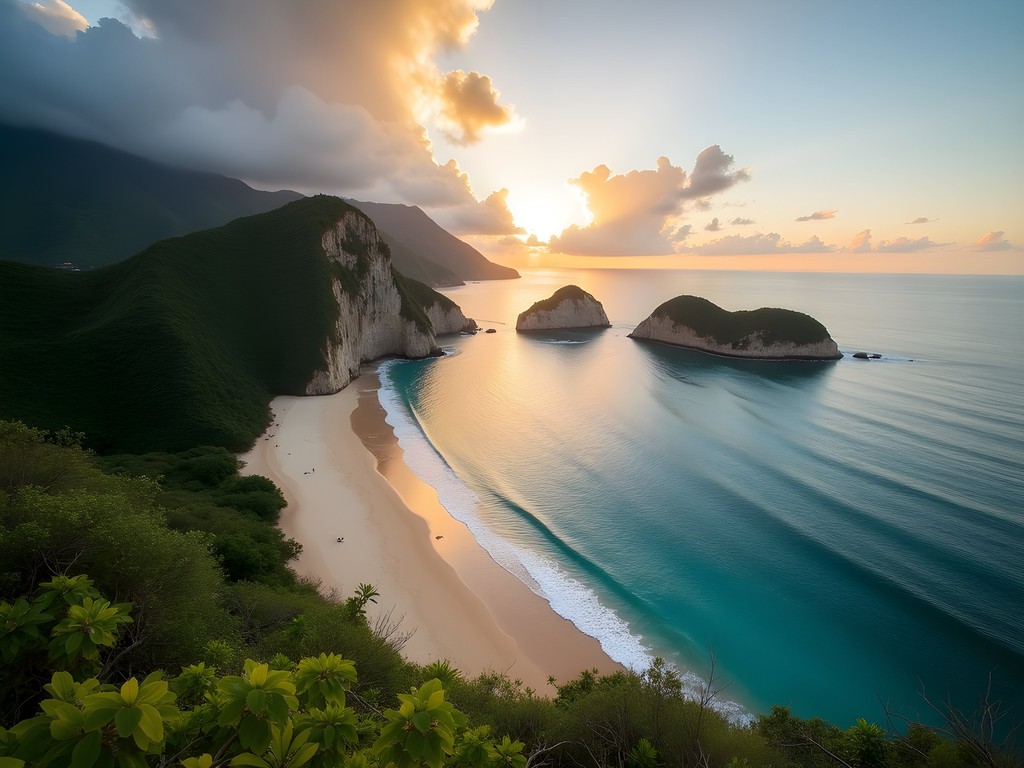
💡 Pro Tips
- Use polarizing filters to cut glare and enhance the Caribbean blue waters
- Include human elements for scale in wide shots of the dramatic coastline
- Experiment with long exposures at the rock pools during changing tides
Cultural Narratives: Kogi Territories and Ancient Wisdom
Beyond the natural landscapes, Tayrona offers profound opportunities to document living cultural heritage. The park remains home to indigenous Kogi communities, descendants of the Tairona civilization who maintain their traditional ways despite centuries of outside pressure.
Photographing people requires a different approach than landscapes—one built on respect and connection. I spent time learning about Kogi culture before approaching any community areas, and always asked permission before taking photos. Many sacred sites within the park are off-limits to photography, a restriction I honored completely.
Near Pueblito, an archaeological site accessible via a challenging hike from Cabo San Juan, I was fortunate to photograph traditional structures with permission from local guides. For these cultural documentations, I switched to a more documentary style, using natural light and minimal equipment out of respect.
When visiting areas where photography is permitted, a camera strap cover in neutral colors helped make my equipment less obtrusive. I found that hanging back with a longer lens rather than approaching with a wide angle created more natural, respectful images of daily life.
The intersection of ancient wisdom and natural conservation creates compelling visual stories. The Kogi's sustainable practices offer powerful contrasts to our tech-driven world—something that resonated deeply with my background in smart city development. These images became some of my most meaningful from the trip, documenting a knowledge system that has preserved this ecosystem for centuries.
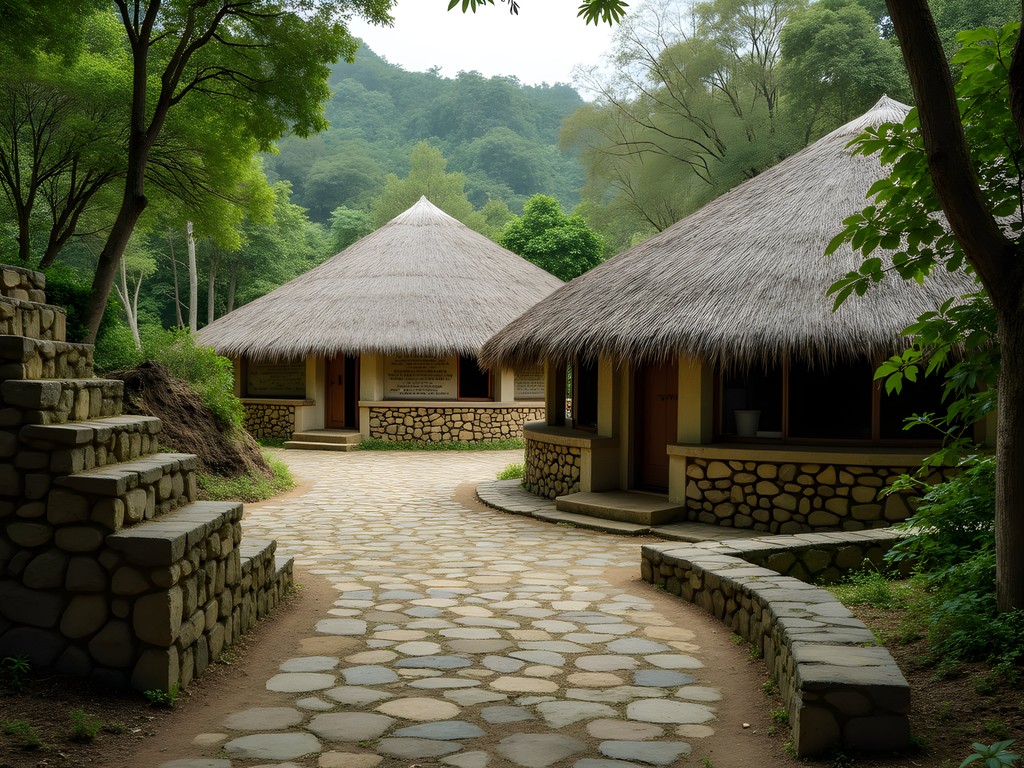
💡 Pro Tips
- Always ask permission before photographing people or cultural sites
- Learn basic Spanish phrases to communicate respectfully with local guides
- Consider bringing small prints from previous travels as gifts when appropriate
Practical Shooting Schedule: Maximizing Your Week
After a week of shooting Tayrona's diverse environments, I've refined the perfect photography schedule to maximize your limited time. The park's opening hours (8 AM to 5 PM) create constraints, but with strategic planning, you can capture all its moods.
Day 1: Arrive early and hike to your accommodation, using the journey as a scouting mission. Note potential morning and afternoon spots along the trail. I stayed at the lightweight hammock camping area at Cabo San Juan, which provided the perfect base for early morning shoots.
Days 2-3: Focus on coastal photography. Rise before dawn to capture first light at Cabo San Juan, then move to La Piscina for midday rock pool compositions. Return to camp during harsh midday light to back up images to a portable hard drive and recharge batteries using solar power.
Days 4-5: Dedicate to jungle paths and wildlife. The trail from Cabo San Juan to Pueblito offers incredible biodiversity and light opportunities. Pack light but bring sufficient water in a insulated water bottle as the humidity and heat are relentless.
Day 6: Cultural focus around permitted areas near Pueblito and Chairama. Work with local guides who can provide context and ensure respectful photography practices.
Day 7: Final sunrise shoot at your favorite location, then capture departure scenes along the main trail as you exit. The changing perspective offers new compositions of familiar landscapes.
This schedule allows for weather contingencies and provides sufficient time at each location to wait for optimal conditions. Remember that Tayrona's beauty lies not just in the iconic vistas but in the intimate details that reveal themselves to patient observers.
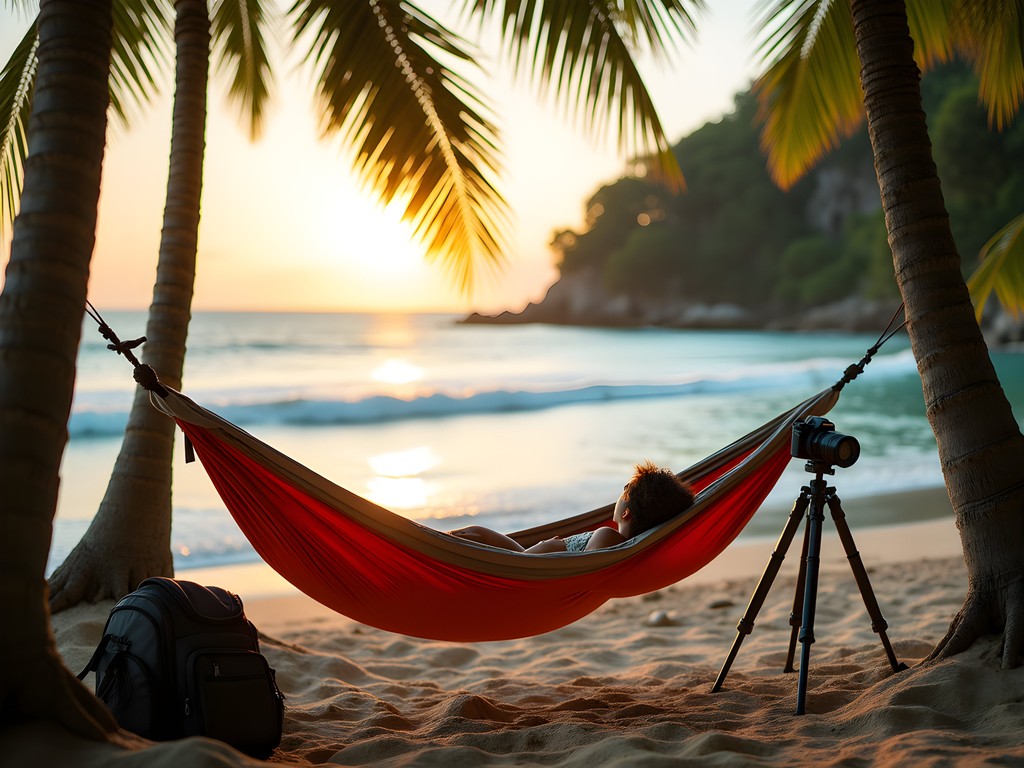
💡 Pro Tips
- Schedule rest periods during harsh midday light to avoid exhaustion
- Plan your most important shoots early in your trip to allow for weather delays
- Keep a shot list but remain flexible enough to capture unexpected opportunities
Final Thoughts
Tayrona isn't just a photography destination—it's a masterclass in adaptation, both for your camera settings and your perspective. As someone who spends most days architecting cloud systems, the week I spent transitioning between Tayrona's misty jungles and sun-drenched shores reminded me why I first fell in love with photography: it forces presence in a world increasingly defined by digital distraction.
The technical challenges of shooting in high humidity, rapidly changing light, and diverse ecosystems will stretch your skills in the best possible way. But the real transformation happens beyond the viewfinder—in the moments of connection with local guides sharing ancestral knowledge, or the quiet dawn when you realize your camera has captured something beyond pixels and metadata.
As you plan your own Tayrona photography expedition, remember that the most compelling images emerge when you balance technical preparation with openness to the unexpected. Pack your gear thoughtfully, but pack your preconceptions lightly. And when you return home with memory cards full of Colombia's wild beauty, share these images with intention—as windows into an ecosystem worth protecting and a culture worth honoring. From this tech-loving Aussie who found her adventure soul in Colombia's coastal wilderness—buen viaje and happy shooting!
✨ Key Takeaways
- Tayrona's diverse ecosystems require versatile gear protection strategies against humidity, salt, and sand
- The best photography opportunities come at sunrise and sunset, making overnight camping essential for serious photographers
- Cultural photography requires research, permission, and a respectful approach
- Technical skills matter, but the most compelling images emerge when you connect authentically with the environment
📋 Practical Information
Best Time to Visit
December-March (dry season)
Budget Estimate
$50-70 USD per day including park fees, accommodation, and food
Recommended Duration
5-7 days minimum for photographers
Difficulty Level
Moderate (Requires Hiking With Gear In Humid Conditions)

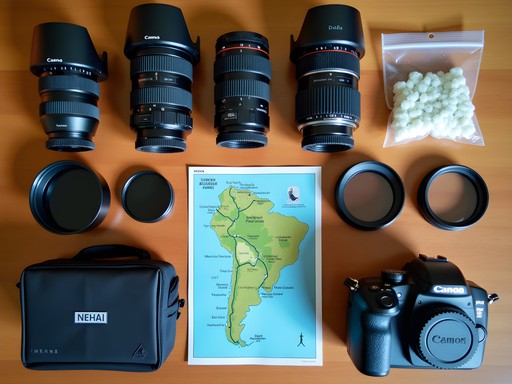

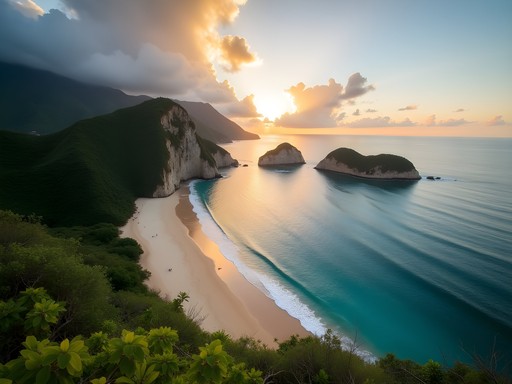




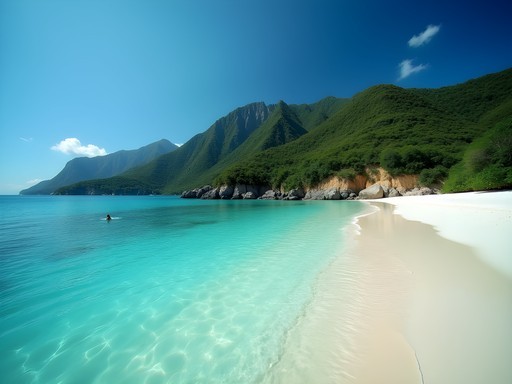






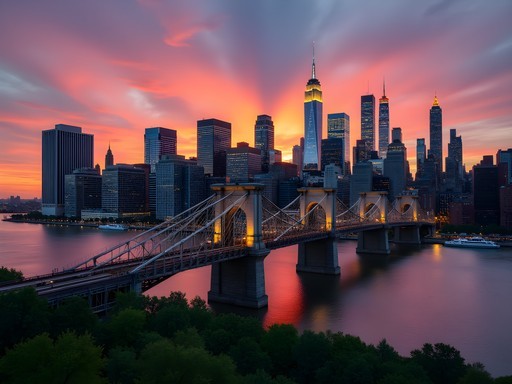
Comments
CameraCrazy84
Just got back from Tayrona and followed many of your suggestions - thank you! The section on managing condensation when moving between air-conditioned hotels and the humid jungle saved my gear. One thing I'd add is to bring extra batteries. The humidity drained mine much faster than expected, and there are limited charging options once you're in the park. The light on Cabo San Juan beach at sunrise was absolutely magical - worth waking up at 5am and hiking in the dark (with a good headlamp). The reflections on the wet sand were perfect for minimalist compositions.
springdiver
How's the cell service? Can upload pics?
journeywalker
When I went last month there was basically zero service in most of the park. Enjoy the digital detox! 😊
Taylor Moreau
Brilliant guide, Gabriella. For photographers considering this trip, I'd emphasize the humidity challenge. My camera protection was essential, especially when sudden afternoon showers hit. One tip I'd add: the hike from the entrance to the first beaches is quite strenuous in the heat. Consider hiring a horse for your heavy camera gear if you're bringing substantial equipment. The trails through the jungle sections are often muddy, so protective gear is non-negotiable. Did you have any encounters with the local wildlife during your shoot? The howler monkeys were particularly photogenic during my visit, though challenging to capture in the dense canopy.
journeywalker
Thanks for the horse tip! Would you say a 24-70mm lens is versatile enough for most shots there or should I bring my telephoto too?
Taylor Moreau
A 24-70mm will serve you well for landscapes, but I'd definitely bring a telephoto if you're interested in wildlife. The birds and monkeys often keep their distance!
springdiver
Those Kogi territory shots are incredible! Respect for how you approached the cultural aspects.
Hannah Woods
Gabriella, your composition techniques for capturing where the jungle meets the sea are brilliant. I've visited Tayrona three times over the years, and the changing light conditions always present a challenge. For anyone planning a photography trip there, I'd add that the 2-hour hike from the entrance to the beaches is an opportunity in itself - the transition from dense forest to coastal landscape offers stunning narrative possibilities. One tip I'd emphasize: arrive at the park entrance early (before 8am) to maximize your shooting time and catch the morning light. The guards strictly enforce the daily visitor limits, and during high season, they often reach capacity by mid-morning. Also, the section about respecting Kogi territories is crucial - always ask permission before photographing local people.
greenphotographer
Thanks for the tip about arriving early! Did you find any particular viewpoints that were less crowded but still photogenic?
Hannah Woods
The trail to Pueblito has some amazing vantage points and far fewer people. It's a steep climb but worth it for photographers looking to escape crowds.
journeywalker
OMG those coastal shots are absolutely stunning! The way you captured the contrast between the dense jungle and those pristine beaches is giving me serious wanderlust. Adding Tayrona to my bucket list right now!
Taylor Moreau
Tayrona truly is a photographer's paradise. I visited last year and found the light conditions quite challenging - Gabriella's tips on managing the transition from forest shade to bright beaches would have been invaluable!
journeywalker
Did you stay overnight in the park? Trying to decide if it's worth it for catching that golden hour lighting!
Taylor Moreau
Absolutely worth it! The hammocks at Cabo San Juan provide a rustic but authentic experience. Just book well in advance and bring your own mosquito repellent.
nomadbuddy
Just got back from Tayrona and used your guide extensively! Those tips about shooting during the golden hour at Cabo San Juan were spot on. The contrast between the turquoise water and the lush mountains was even more dramatic than your photos show. One tip for others: bring more memory cards than you think you'll need - I filled 64GB in just two days because every turn in the trail offers a new perfect shot!
Gabriella Perkins
So glad the guide helped, nomadbuddy! And yes, memory card space is precious there - I actually had the same experience and had to be really selective by the end of my trip. Would love to see some of your shots if you're sharing them anywhere!
nomadbuddy
Just posted some on my IG! Same username. Nothing close to your quality but I'm pretty happy with how they turned out. The light in that place is just magical.
journeytime
Did you have any interactions with the Kogi people? I'm fascinated by the cultural aspects you mentioned but wondering about respectful photography practices around indigenous communities.
Gabriella Perkins
Great question! I did meet some Kogi people, but always asked permission before photographing. Many prefer not to be photographed at all, which I completely respected. Their territories are sacred, so I focused more on landscape photography in those areas and learned about their culture through guided talks. Always prioritize respect over getting the shot.
journeytime
That's really helpful context, thank you! Will definitely keep that in mind.
greenphotographer
This guide is EXACTLY what I needed! I'm heading to Colombia next month and Tayrona is top of my list. The section about shooting in dappled jungle light was super helpful. I've struggled with that before. I'm bringing my weather-sealed lens which should handle the conditions well. Did you encounter any wildlife worth bringing a telephoto for?
islandstar
Not the author but when I visited last year we saw tons of monkeys and some cool birds. Definitely worth a telephoto if you have one!
oceanmate
Amazing post! I'm planning a trip there in January but I'm a photography newbie. Would a simple point-and-shoot be enough or do I really need a DSLR to capture those jungle-to-shore transitions?
Gabriella Perkins
A good point-and-shoot can definitely work! The key is having good dynamic range to handle the contrast between dark jungle and bright beaches. Just bring extra batteries - the humidity drains them fast!
Venture X
Premium card with 2X miles, $300 travel credit, Priority Pass